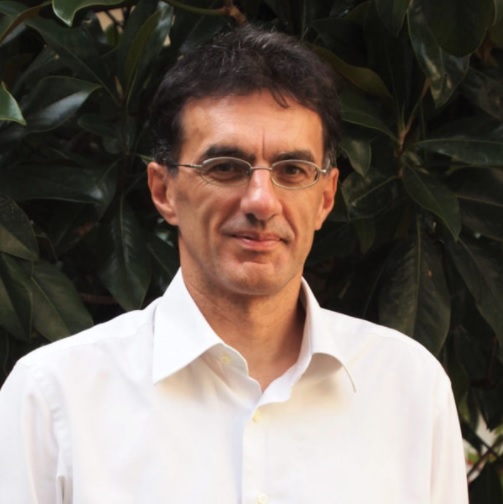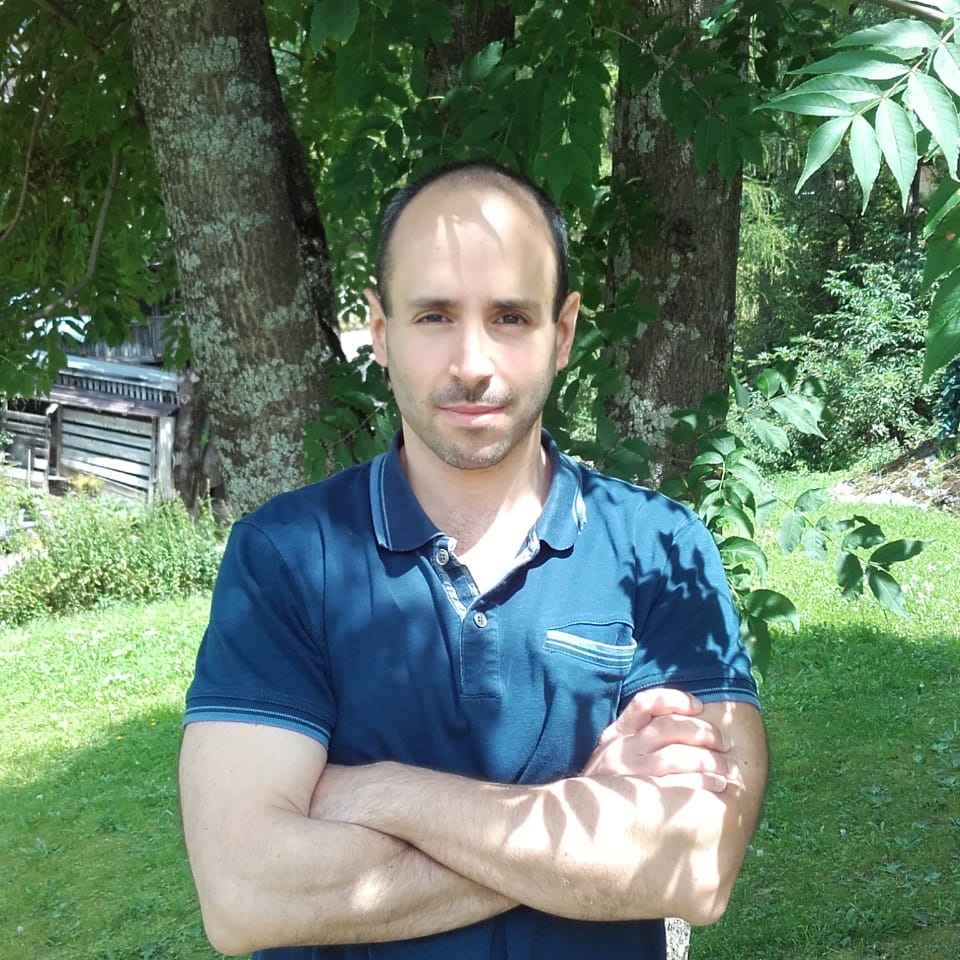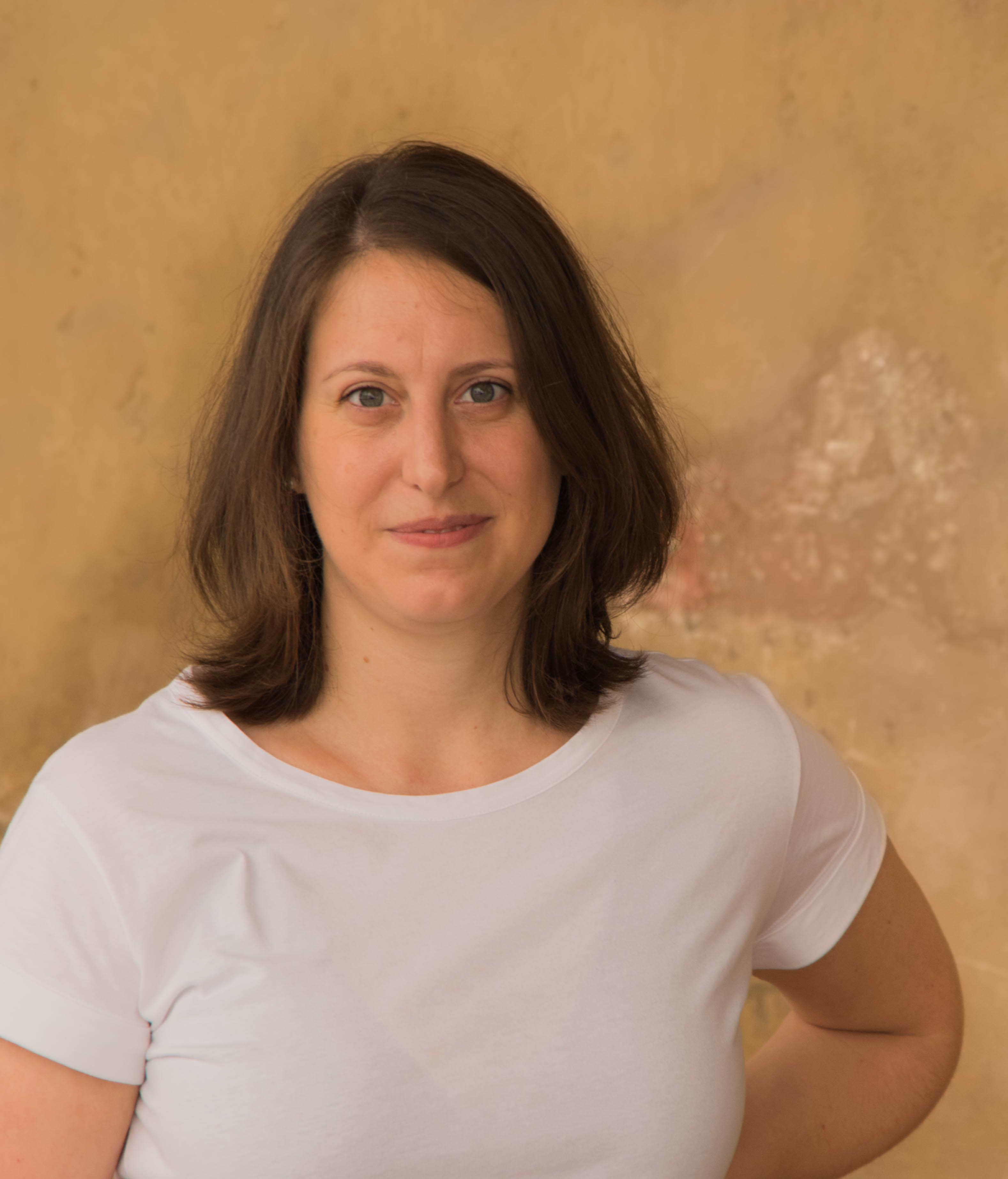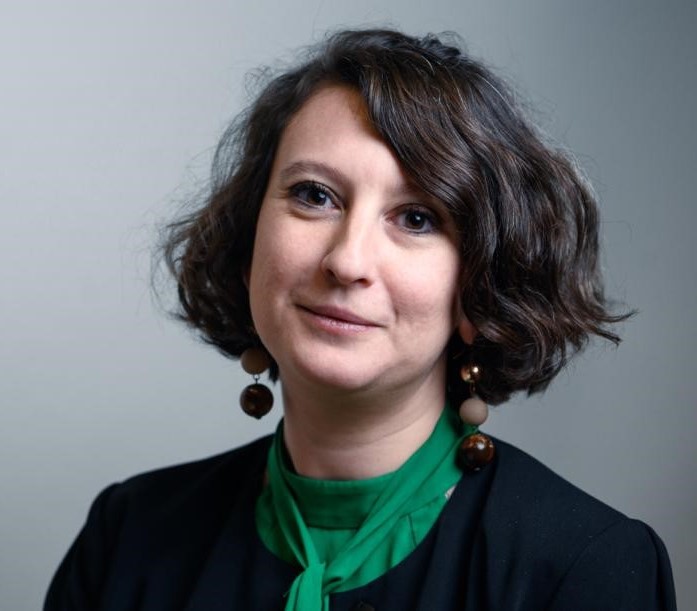Speaker invitati
-
 Francesco Meinardi
Francesco Meinardi
Dipartimento di Scienza dei Materiali, Università degli Studi di Milano-Bicocca
FM is Full Professor of Physics of Matter at the Department of Materials Science of the Milano-Bicocca state-University. After his degree in Physics at the University of Milano, he earned in 1995 a post-degree specialization in “Material Science and Technology”. Then, he received several post-Doc research fellows by, among the others, Alenia Space (1996-1997) and by the National Institute for the Physics of Matter (1998). In 1999 he obtained the position of Assistant Professor in Experimental Physics at the Milano-Bicocca University and in 2005 that of Associate Professor of Physics of Matter. FM published more than 200 papers on international journals which received more that 8000 citations resulting in a H-Index of 51. FM research activity is focused on the photophysics and electronic properties of organic and hybrid materials. Main research topics deals with: cooperative effects in organic semiconductors, photophysics of conjugated oligomers, host-guest compound, organolanthanides complexes, colloidal nanoparticles and photon managing processes for solar applications. During his research activity, he worked also on inorganic materials for optoelectronic (silica-based glasses, and scintillating glasses/crystals) and microelectronic (titanium disilicide). The main recent achievements concern the up-conversion of the solar radiation by using properly designed plastic multicomponent systems, and the development of a new generation of luminescent solar concentrators for building integrated photovoltaic systems. In 2016, with the support of a pool investors, FM founded the company Glass to Power and becomes its chairman. At the end of 2020 the company employs 10 people and has already raised over 3.5 million Euros in funding from private investors as well as about 1.5 million from projects funded by public bodies.
Technology transfer: how to bring laboratory research to the market
Turning academic research into a product for real world applications is a difficult but very rewarding challenge that requires both scientific skills and entrepreneurial spirit. This talk will review the steps taken to transform a proof of concept about the manipulation of nanomaterials to give them unconventional properties, into a transparent photovoltaic device that can be integrated without any aesthetic impact in energy-sustainable buildings. This is exactly the story of the spin-off Glass to Power which, starting from some innovative ideas and patents, has recently arrived to install its first prototypes and is now ready for entering the market of the building integrated photovoltaic (BIPV).
-
 Gabriele Rosi
Gabriele Rosi
Istituto Nazionale di Fisica Nucleare; Università degli Studi di Firenze
Nato a Firenze il 1 Marzo 1984 si laurea di Fisica e Astofisica nel 2008 presso Università degli studi di Firenze e consegue il dottorato in Fisica Applicata presso Università di Pisa nel 2012. Nel 2015 prende servizio come ricercatore presso la sezione INFN di Firenze. Dal 2009 si occupa di misure di gravità di precisione utilizzando atomi freddi in caduta, e più in particolare alla misura della costante di Gravitazione Universale.
Measuring the Gravitational constant with atom interferometry for fundamental physics test
Starting from the original experiment performed by Henry Cavendish more than two centuries ago, the precision determination of the gravitational constant G remains a challenging endeavor. It has been measured about a dozen times over the last 50 years, but the results have varied much more than what would be expected from random and systematic errors. Likely, this is due to the fact that, so far, all the past experiments have relied on macroscopic classical instruments, which could all be governed by uncontrolled mechanical influences. On the other hand, a recent controversial study about correlations between the measured values of G and the variations of the length of day seems to suggest that some other not well-understood effects could be present. The MEGANTE experiment will address all these issues by carrying out precision G determinations making use of original experimental strategies based on quantum sensors. Unprecedented accuracy levels will be achieved using cold atoms in free-fall to probe the gravitational field, surpassing thus the state-of-art measurements based on torsion balance and simple pendulum. In parallel, MEGANTE will provide results that go far beyond the pure metrological interest. Indeed, owing the lack of a full understanding of gravity, several theoretical models predict new physics phenomena such violations of the inverse square law or a dependency of the G value from the local density of the matter.
-
 Francesca Bellini
Francesca Bellini
Dipartimento di Fisica e Astronomia, Università di Bologna
Francesca Bellini svolge la sua attività di ricerca nel campo della fisica nucleare sperimentale delle alte energie, concentrandosi sullo studio dell'interazione forte e dei meccanismi di formazione della materia a partire dai suoi costituenti fondamentali. Francesca Bellini consegue il Dottorato di Ricerca in Fisica nel 2013 presso l’Alma Mater Studiorum Università di Bologna, sotto la supervisione della Prof.ssa Luisa Cifarelli, dopo aver conseguito nella stessa Università la Laurea Specialistica in Fisica nel 2009 con Curriculum Fisica delle Interazioni Fondamentali. Il Dottorato è seguito da un assegno di ricerca presso la stessa università e da una fellowship INFN-CERN di due anni che le consente di svolgere la sua attività presso i laboratori del CERN. Dal 2017 al 2020 è Senior Research Fellow e Marie Sklodowska Curie Fellow presso il CERN. Dal 2019 è mamma e dall’8 Marzo 2021 è Professoressa Associata presso l’Università di Bologna. Dal 2009 partecipa all’esperimento ALICE al Large Hadron Collider del CERN di Ginevra, dedicato allo studio della transizione di fase dallo stato della materia fortemente interagente denominato plasma di quark e gluoni alla materia ordinaria, in cui quark e gluoni sono confinati negli adroni e nei nuclei. Tramite la misura di particelle leggere prodotte in collisioni tra ioni pesanti ultrarelativistici e adroniche, si è occupata di caratterizzare delle proprietà termodinamiche del sistema nelle fasi di plasma e di gas di adroni, ricevendo per questi studi il premio “Ettore Pancini” della Società Italiana di Fisica nel 2018. Attualmente l’attività di ricerca si concentra sullo studio dei meccanismi di formazione di nuclei e antinuclei leggeri dal punto di vista sperimentale e fenomenologico. Dal 2021 è Principal Investigator del progetto CosmicAntiNuclei finanziato da uno Starting Grant dell'ERC - Consiglio Europeo
The CosmicAntiNuclei project: from the proposal to the starting blocks
The CosmicAntiNuclei project aims at shedding light on the production mechanisms of light nuclei and antinuclei in high-energy interactions. Based on precision measurements of rare antihelium production in proton-proton, proton-nucleus and nucleus-nucleus collisions with the ALICE detector at the LHC Run 3, the project will comprehensively target the modelling of light antimatter cluster formation. This is a necessary ingredient to predict the expected signal and background rates for dark matter antinuclei searches in space-borne experiments. The five-year project is funded by a Starting Grant of the European Research Council. After presenting the physics motivation and objective of the project, I will review its genesis, from the early ideas to the submission of the proposal, from the selection process to the start of the project activities in July 2021.
-
 Laura Parisi
Laura Parisi
Financial Stability Expert at the European Central Bank, Directorate General Macroprudential Policy and Financial Stability, Stress Test Modelling Division
Laura Parisi is Team Lead in the newly established Climate Change Centre of the European Central Bank, that operates directly under the supervision of President Lagarde. Since more than two years her areas of research focus primarily on the impact assessment of climate-related risks for the banking sector and the overall economy: she’s leading the ECB team working on climate-risk stress-testing, and she also collaborates with European and international institutions, and standard setting bodies. She previously worked in the Stress Test Modelling and in the Financial Regulation and Policy division in the Directorate General Macroprudential Policy and Financial Stability, where she mainly focussed on risk modelling for the banking sector. Laura holds a bachelor degree in Physics and a master degree in Theoretical Physics, and a PhD in Economics and Management from the University of Pavia
TBA
Vorrei cogliere l’occasione di questo evento per concentrarmi su tre aspetti principali. In primo luogo quali steps ho seguito durante il mio percorso di crescita personale, educativo e professionale, e che sono stati fondamentali per approdare in Banca Centrale Europea. In secondo luogo, quali competenze e quali strumenti ho appreso durante il percorso di Laurea in Fisica e di Dottorato in Economics and Management, e che mi sono stati di grande aiuto in ambito professionale. Infine, vorrei focalizzare l’ultima parte dell’intervento sugli aspetti specifici del mio lavoro in termini di processo e contenuti: in generale, che tipo di lavoro tipicamente si svolge in Banca Centrale, e piú in particolare, che tipo di lavoro svolgiamo io e il mio team circa l’identificazione e quantificazione degli impatti dei cambiamenti climatici sul sistema finanziario ed economico. Molti non sanno che i cambiamenti climatici non solo rappresentano una minaccia per le condizioni di vita e abitabilitá in molte parti del nostro pianeta, ma costituiscono anche una costosa minaccia per le nostre imprese, banche e societá: e questo è proprio ció di cui mi occupo coi miei collaboratori!